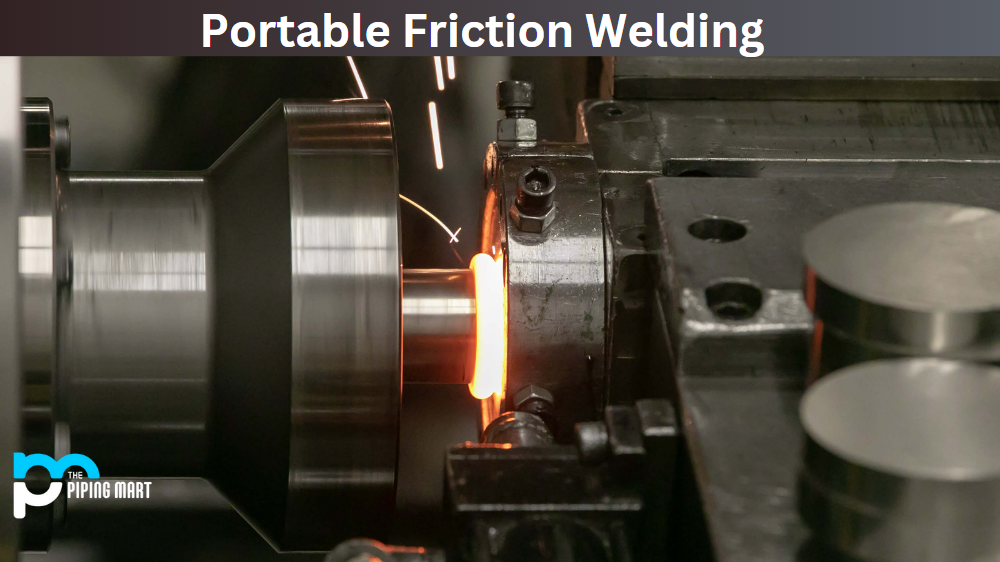If you’re looking to join two pieces of metal together, there are plenty of welding techniques to choose from. Two popular welding processes are plasma welding and TIG (Tungsten Inert Gas) welding. But with so many options available, which one is right for your project? Let’s take a look at some of the key differences between plasma welding and TIG welding.
What is Plasma Welding?
Plasma welding is an arc welding process that uses a plasma torch instead of a traditional electrode to deliver an electric arc. The plasma torch contains a tungsten electrode and an inert gas, such as argon or helium, that shields the weld area from oxygen. This process provides excellent control over the heat input in the weld area and allows you to make precise welds in tight spaces. It’s often used in automotive manufacturing, aerospace, and other industries where accuracy is essential.
What is TIG Welding?
TIG (or Tungsten Inert Gas) welding is another type of arc welding process. It uses a non-consumable tungsten electrode to create an electric arc between the workpiece and itself. As with plasma welding, it also uses an inert gas shield to protect the weld area from oxygen contamination. Unlike plasma welding, however, it does not use a plasma torch; instead, it relies on direct current power sources (DCEN) or alternating current power sources (AC). This method can be used on different types of metals, including stainless steel and aluminum alloys.
Difference Between Plasma Welding and TIG
Advantages of Plasma Welding
There are several advantages of plasma welding over TIG welding. First, plasma welding can be used to weld metals that are difficult to weld with TIG welding, such as aluminum and stainless steel. Second, plasma welding can be used to weld metals that are sensitive to heat, such as titanium. Third, plasma welding can be used to weld metals that have high melting points, such as nickel alloys. Fourth, plasma welding can be used to weld metals that are difficult to access with TIG welding, such as those in hard-to-reach places or in tight spaces.
Advantages of TIG Welding
There are several advantages of TIG welding over plasma welding. First, TIG welding can be used to weld metals that are difficult to weld with plasma weldings, such as aluminum and stainless steel. Second, TIG welding can be used to weld metals that are sensitive to heat, such as titanium. Third, TIG welding can be used to weld metals that have high melting points, such as nickel alloys. Fourth, TIG welding can be used in situations where there is limited access to the workpiece, such as in hard-to-reach places or in tight spaces.
Disadvantages of Plasma Welding
There are several disadvantages of plasma Welding over TIG Welding. One disadvantage is that plasma Welding produces more harmful fumes than TIG Welding. Another disadvantage is that plasma Welding is not well suited for outdoor use because the wind can blow the fumes away from the welder. A third disadvantage is that the cost of plasma Welding equipment is higher than the cost of TIG Welding equipment. Finally, some people believe that the quality of Plasma welds is not as good as the quality of TIG welds.
Disadvantages of TIG Welding
There are several disadvantages of TIG Welding over Plasma Welding. One disadvantage is that TIG Welding produces more harmful fumes than Plasma Welding. Another disadvantage is that TIG Welding is not well suited for outdoor use because the wind can blow the fumes away from the welder. A third disadvantage is that the cost of TIG Welding equipment is higher than the cost of Plasma Welding equipment. Finally, some people believe that the quality of offing welds is not as good as the quality of Plasma welds.
Conclusion:
Whether you’re working with stainless steel or aluminum alloys, both plasma welding and TIG offer precision control when joining two pieces of metal together—but they each have their own unique advantages and disadvantages that should be taken into account before selecting which one to use for your project. Understanding how each technique works can help you make an informed decision about which technique will best meet your needs!

Abhishek is a seasoned blogger and industry expert, sharing his insights and knowledge on various topics. With his research, Abhishek offers valuable insights and tips for professionals and enthusiasts. Follow him for expert advice on the latest trends and developments in the metal industry.




